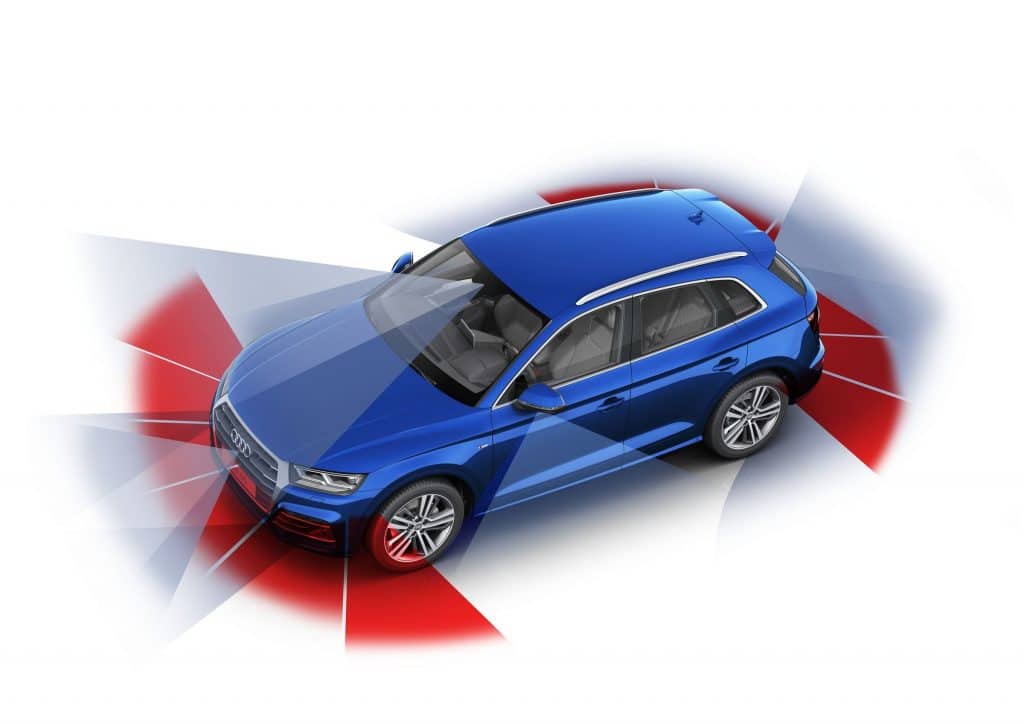DON’T MISS: All-new and redesigned vehicles for 2021
If you’re in the market for a new car, driver assistance packages should be an important consideration. These driver-assistance focused options can help make your commute safer, more comfortable and just generally more enjoyable overall. WIth car technology moving faster and faster, and how long the average person keeps a vehicle, the decisions you make now will impact you for years to come.
What driver assistance packages should you be aware of and considering paying for? These three critical driver-assistance options we’ve identified are seriously worth considering in your next new vehicle purchase.
Why Blind Spot Monitoring?
Blind spot monitoring uses sensors on the side of your vehicle to detect when another car or motorist is passing or entering your blind spot — and will warn you with either visual alerts on the side mirrors or audible warnings to stop you from proceeding with your turn. BSM or blind spot monitoring is very common and available across nearly every new vehicle offered today.
Kia and Hyundai now have live video feeds that activate on their digital dash when you activate the left or right turn signal. Relying on BSM and these live video feeds can and will cut down on these types of collisions drastically.
Why Adaptive Cruise Control?
Adaptive cruise control automatically adjusts speed by using sensors in the front of the vehicle to detect the speed and distance of the vehicle directly in front of you. First introduced by Mercedes over a decade ago, it is now available on many makes and models. Check out our ADAS guide and ranking for a list of the options/naming that different manufacturers use (it can be confusing).
Why Lane Centering (the often confusing one)?
Lane centering is a newer technology that keeps the vehicle in its lane and makes steering corrections if it senses that you’re drifting out of your lane.
Lane centering is different from lane keep assist, and is considered the superior technology that many don’t consider in their new car purchase. But note, while this is not yet available on many vehicles, it will soon be offered across more car brands but might be reserved to more expensive optional packages. GM called this Super Cruise, and is slowly rolling out their full product line.
But what about costs of these options?
A lot of new safety features are becoming mainstream and much cheaper than they used to be, with such prices as $400-$800 for adaptive cruise control or $900-$1500 for Lane Centering. Sadly, some manufacturers keep these convenience features locked up in their higher, more expensive trims.
We recommend doing some deep research on these options, pricing them out and comparing the differences between different manufacturers. Certainly don’t skip the test drive before you assume how something will operate. While the driver assistance systems seem to be converging on features across different makes and models, there is substitute for operating it yourself in practice.
See our list Driver Assistance Database + Rankings

